Avid horror readers know that the most frightening stories have a kernel of truth – enough of a link to the real world that we can imagine sharing a character’s danger or facing the same kind of monster. Sometimes, knowing more about that kernel of truth can make a great story even more complex and chilling. Here, for your consideration, are six nonfiction books that will help flesh out your horror reading:
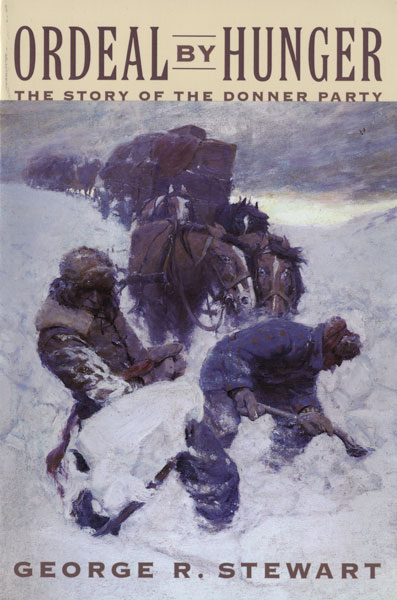
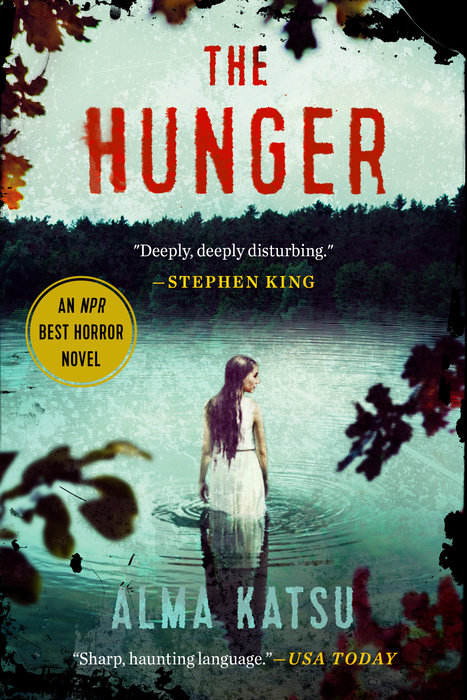
Ordeal By Hunger
Ordeal By Hunger
Ordeal By Hunger: The Story of the Donner Party, George R. Stewart | The Hunger, Alma Katsu
Ordeal By Hunger is the definitive scholarly account of the doomed Donner Party. You’ve heard of these would-be pioneers – after getting snowed in on a high peak in the Sierra Nevadas, they became a byword for cannibalism and the inspiration for Alma Katsu’s The Hunger. Although it’s a bit dated in its treatment of Native Americans, this book provides excellent context for just how these travelers got into such a dire situation in the first place as well as what happened to the survivors afterward. It’s never lurid but always detailed. Pick it up if you want to know more about the very non-supernatural terrors of snowy mountains and starvation, or the importance of packing a good map.
Ordeal By Hunger: Apple | Amazon | Barnes & Noble | IndieBound
The Hunger: Apple | Amazon | Barnes & Noble | IndieBound
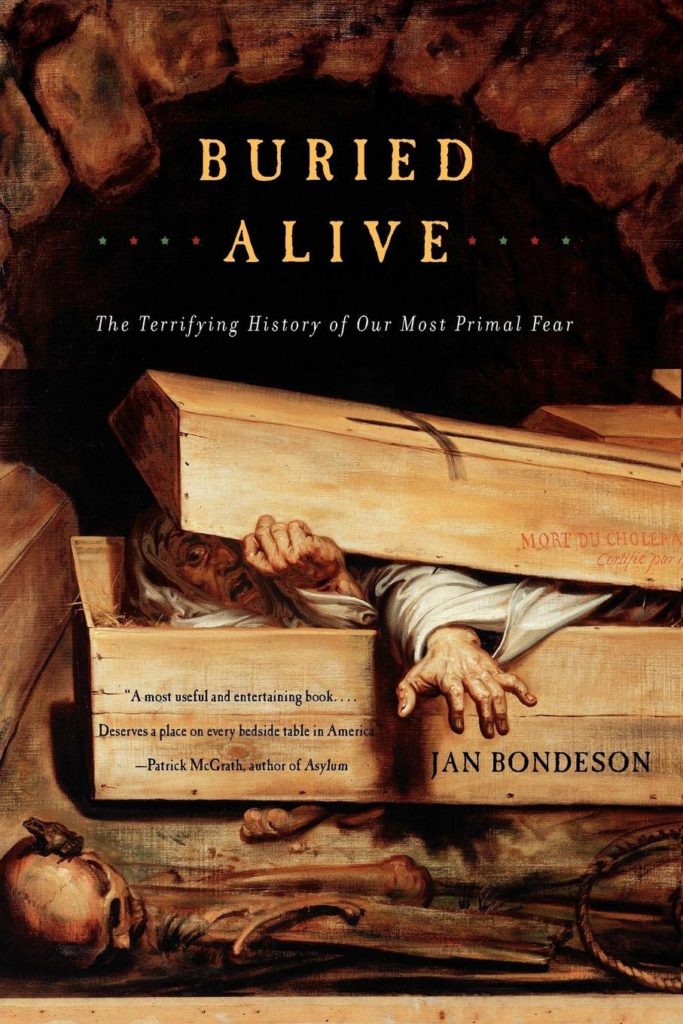
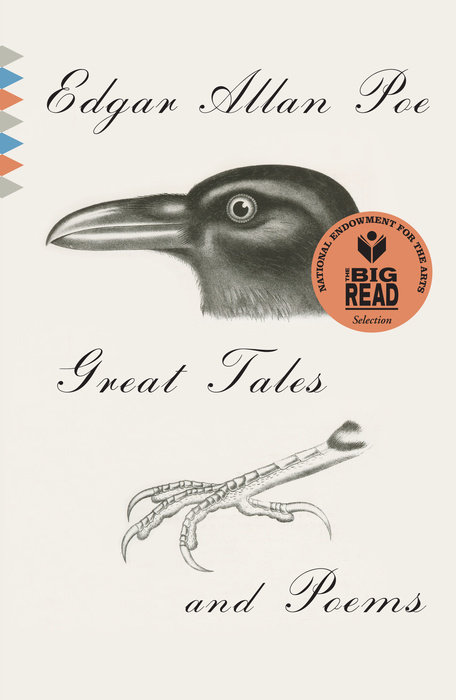
Buried Alive: The Terrifying History of Our Most Primal Fear, Jan Bondeson | Great Tales and Poems, Edgar Allan Poe
Edgar Allan Poe had a real phobia of being buried alive. Not only did he write “The Premature Burial,” but he also hinted at the subject again and again in stories like “The Cask of Amontillado,” “The Fall Of the House Of Usher,” and “Berenice.” He wasn’t alone in this fear, which peaked during the early to mid-1800s. Wealthy Victorians coped by investing in elaborate safety coffins provided with air holes, speaking tubes, and even primitive alarm systems. Bondeson traces both the facts (suggesting that premature burial was rare, except in times of epidemic) and the important role that this pervasive fear played in literature and the arts.
Buried Alive: Amazon | Barnes & Noble | IndieBound
Great Tales and Poems: Apple | Amazon | Barnes & Noble | IndieBound
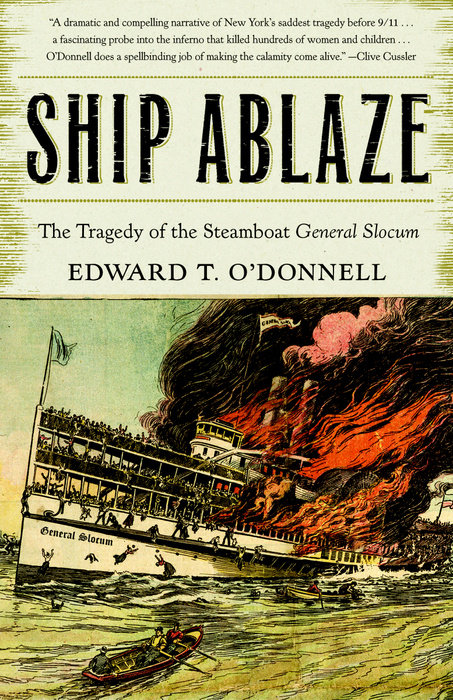
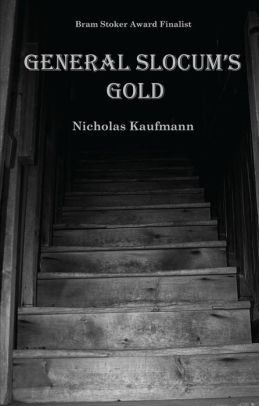
Ship Ablaze: The Tragedy of the Steamboat General Slocum, Edward T. O’Donnell | General Slocum’s Gold, Nicholas Kaufmann
In 1904, a steamship carrying revellers to a church picnic caught fire in the East River and sank, killing 1,021. Though this was the highest death toll New York City would see from a single disaster until September 11, 2001 (it essentially wiped out Manhattan’s Little Germany neighborhood), the sinking is largely forgotten. But not by O’Donnell – who traces victims and survivors through the chaos of the day, trying to sort out what went wrong and who was responsible. And not by Nicholas Kauffman, whose horror-thriller General Slocum’s Gold is about the material and extra-material legacy of the disaster. The sinking also makes an appearance in Dean Koontz’s not-exactly-horror novel Innocence and Anton Strout’s paranormal procedural Dead Waters.
Ship Ablaze: Apple | Amazon | Barnes & Noble | IndieBound
General Slocum’s Gold: Apple | Amazon | Barnes & Noble
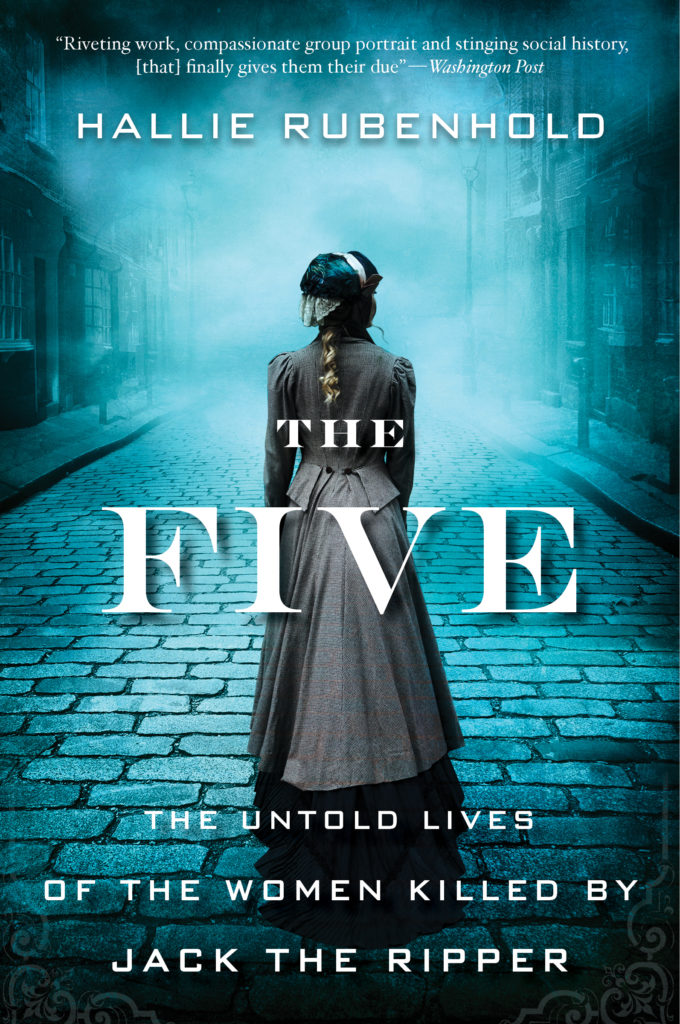
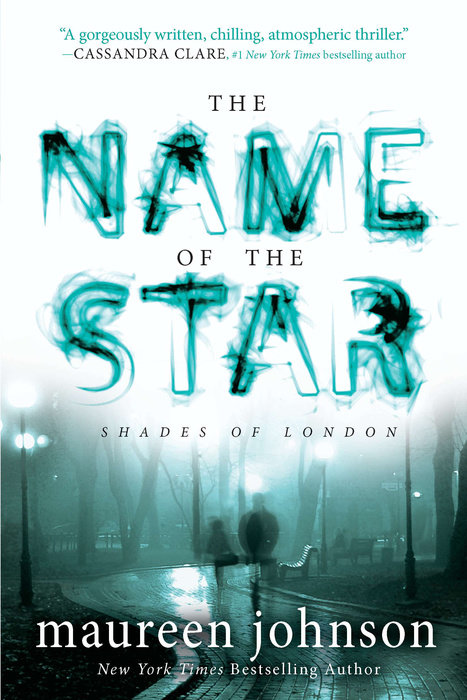
The Five: The Untold Lives of the Women Killed by Jack the Ripper, Hallie Rubenhold | The Name of the Star, Maureen Johnson
Jack the Ripper is the serial killer who launched a thousand narratives. A midwife, a prince, a sorcerer, an artist, or simply a man with a knife? The lack of detail that makes him ripe for fictionalization is a problem for nonfiction writers, but they keep on churning out new theories. Rubenhold separates herself from the pack of Ripperologists by not being one – she writes about the lives of these women at every point except the moment they’re most famous for. Her book is a sociological portrait of a world whose contempt would have killed them anyway; in a sense, Jack was only its tool. A fresh perspective to take into any story you may read that features Saucy Jack, including Maureen Johnson’s The Name of the Star.
The Five: Apple | Amazon | Barnes & Noble | IndieBound
The Name of the Star: Apple | Amazon | Barnes & Noble | IndieBound
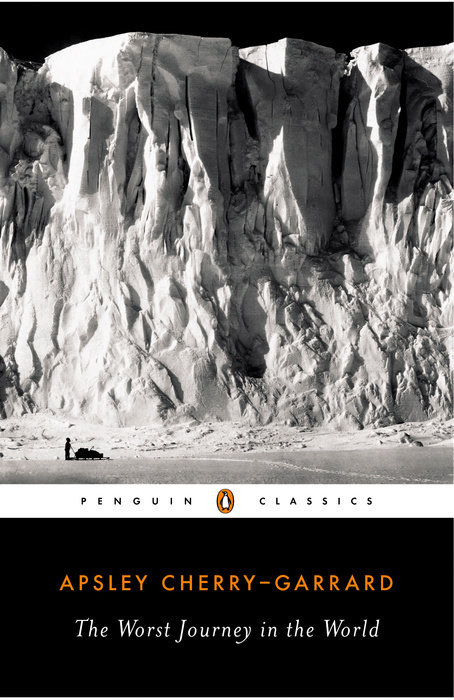
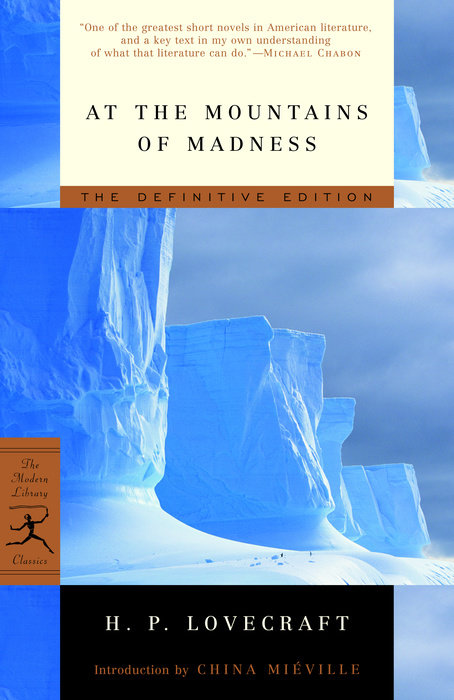
The Worst Journey in the World, Apsley Cherry-Garrard | At the Mountains of Madness, H. P. Lovecraft
The Narrative of Arthur Gordon Pym by Poe begat At the Mountains of Madness by H. P. Lovecraft which begat shoggoths and all their future appearances in horror. And Pym itself was inspired by Poe’s reading of Jeremiah N. Reynold’s Address on the Subject of a Surveying and Exploring Expedition to the Pacific Ocean and South Seas: Delivered in the Hall of Representatives on the Evening of April 3, 1836. I’m not suggesting you read that – its prose is as clunky as its title, and it’s also long out of print. Instead check out The Worst Journey In the World for a first-hand account of a 1910 Antarctic expedition that set out in search of (non-monstrous) penguin eggs and found disaster.
The Worst Journey in the World: Apple | Amazon | Barnes & Noble | IndieBound
At the Mountains of Madness: Apple | Amazon | Barnes & Noble | IndieBound
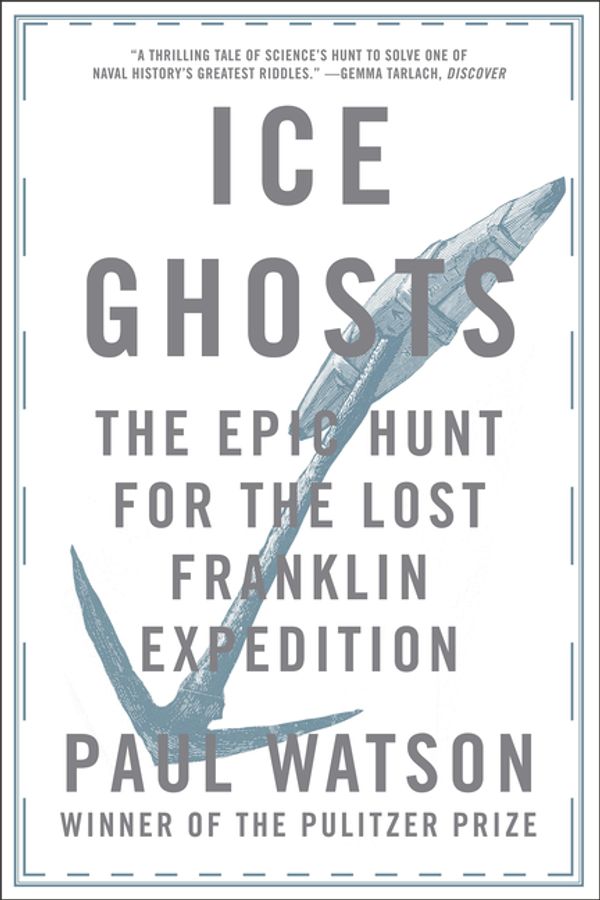
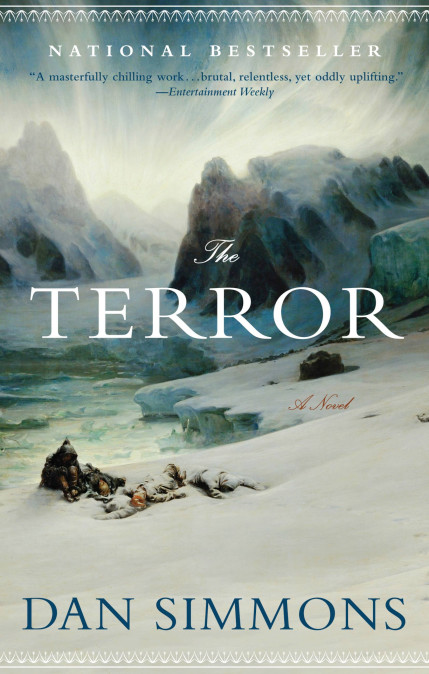
Ice Ghosts: The Epic Hunt for the Lost Franklin Expedition, Paul Watson | The Terror, Dan Simmons
Reading over this list, one might get the impression that Bondeson was wrong – freezing and starving at the same time is actually our most primal fear, whether one does so at the South Pole, on top of a mountain, or in search of the Northwest Passage like the ill-fated company of Sir John Franklin. Fans of The Terror by Dan Simmons and the miniseries it inspired will find that there’s plenty of nonfiction out there to help them flesh out the story behind the story. This book, published in 2017, covers the most recent developments in finding the remains of the expedition – such as the 2014 discovery of the wreckage of the Erebus, the titular Terror’s companion vessel.
Ice Ghosts: Apple | Amazon | Barnes & Noble | IndieBound
The Terror: Apple | Amazon | Barnes & Noble | IndieBound




This was a *really* interesting article. Thank you for writing it!
I’m having trouble thinking of any nonfiction books to add to this list. Eric Nuzum’s “The Dead Travel Fast” was a decent but unserious look at vampires in pop culture, and Erik Larson’s “The Devil in the White City” was a good study of serial killer H.H. Holmes (and the Chicago World’s Fair), but I remember it moving so slow I could never finish it.
The scariest nonfiction books I know are Richard Preston’s “The Hot Zone,” which I had to quit reading because the first two chapters absolutely demolished me, and John Keel’s “The Mothman Prophecies,” which is absolutely scary as hell — but I never know whether it should really be classified as nonfiction ’cause there ain’t no such thing as Mothman and ultraterrestrials.
Hi Scott,
Glad you liked it! As far as nonfiction that’s scary in its own right but not linked to a specific work of fiction, one I wish I could have mentioned was The Circus Fire by Stewart O’Nan. O’Nan brings all the skill and sensitivity he shows as a novelist to the Hartford Circus Fire and it’s heartbreaking. I really dig The Mothman Prophecies too, mostly for Keel’s metaphysical musings, although I agree that calling it ‘nonfiction’ is sort of pushing the envelope.
Agreed on The Circus Fire. I regularly read disaster non-fiction and it stands out even within that category as especially horrifying.
The scariest and most interesting Nonfiction I’ve read has been “Mark of the Grizzly” by Scott McMillion as it looks at causes and aftermath of Grizzly bear attacks.